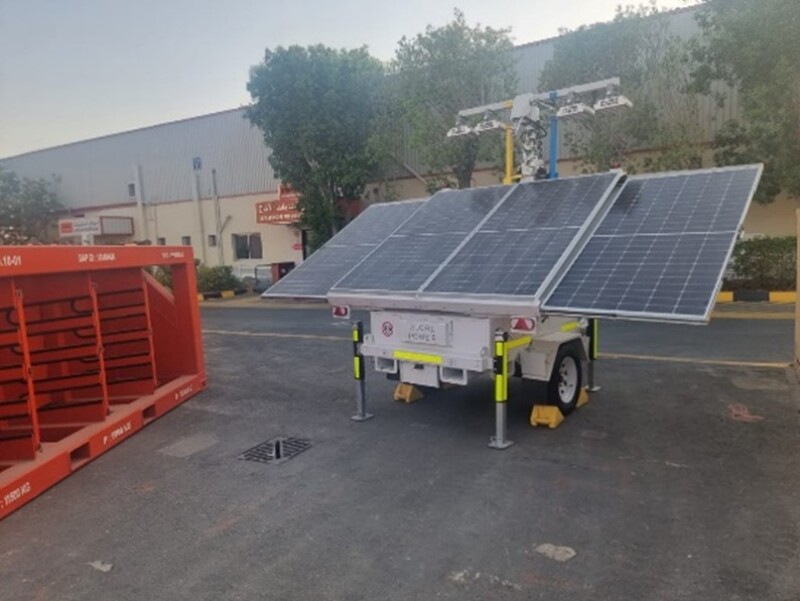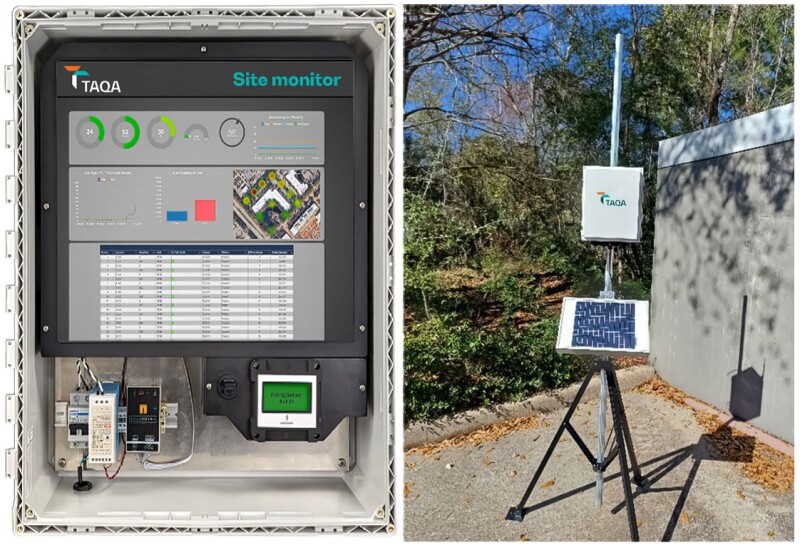The Industrialization and Energy Service Company (TAQA), an international company headquartered in Dhahran and Abu Dhabi offering leading well solutions for the energy industry, bears the burden of reducing carbon emissions from the fossil fuel energy cycle. It pays its undivided attention to decarbonizing its operations, and in this article sheds light on its initiatives and approach to decarbonizing the oil and gas exploration and production industry.
After 2 years of escalation in global greenhouse gas (GHG) emissions, the world entered 2022 with a new hike in GHG emissions reaching 57.4 GtCo2e (Emissions Gap Report, 2023).
The dismaying result, which was anticipated as a consequence of the increasing GHG emissions, became a reality with the global temperature anomaly relative to the 1961–1990 average temperature increasing from 0.76°C in 2021 to 1.23°C in 2024 (Ourworldindata, 2024), resulting in the increasing frequency of natural disasters and global sea level rising (UN Environment Programme, 2020).
With fossil fuel extraction and utilization accounting for almost two-thirds of the global GHG emissions, it became of paramount importance that fossil fuel industry players spare no efforts in developing practical and innovative technologies that will reduce carbon emissions to the bare minimum and deploy them on a large scale.
TAQAs Philosophy Concerning GHG Emissions, Circular Carbon Economy
Global warming, which is a direct consequence of increasing GHG emissions, resulted in rising sea levels and the increasing intensity and frequency of hurricanes and storms globally (UN Environment Programme, 2020).
TAQA, with a global footprint expanding in 22 countries, is a strong believer in the adoption of the concept of the circular carbon economy (CCE) to decarbonize its activities and help steer the fossil fuel energy sector toward net-zero emissions (Circular Carbon Economy National Program, 2021).
CCE is an integrated and powerful approach for transitioning toward more comprehensive, resilient, sustainable, and climate-friendly energy systems that support and enable sustainable development. In this context, the CCE approach aims to establish holistic assessments of how the different carbon management options can collectively work to achieve the targeted reduction in carbon emissions.
Implementing the Four Rs Strategy (Reduce, Reuse, Recycle, and Remove)
As a framework for implementing the CCE concept in addressing TAQA’s GHG emissions, TAQA implements the "four Rs" strategy (reduce, reuse, recycle, and remove) which provides the means for creating sustainable products and processes that minimize waste and carbon emissions and reduce the environmental impact of the company’s operations.
TAQA’s initial belief is that large-scale implementation of the four Rs strategy across the company product lines and branches can result in a 30% or more reduction in the company's GHG emissions.
The Plan-Do-Check-Act (PDCA) cycle is an instrumental continuous improvement tool adopted by TAQA across its business lines and operations for the purpose of implementing the four Rs strategy to reduce its GHG emissions. The PDCA cycle is also effective for implementing changes and developing new or improved designs of processes, products, or services, in an eco-friendly way that will minimize the carbon footprint of TAQA’s activities.
TAQA’s Efforts Toward Reducing Its GHG Emissions
Facing today's challenges in a fast-moving oil and gas Industry, TAQA has always prioritized performance quality and efficiency while being conscientious of the environmental impact of its activities. In line with TAQA’s mission to reduce GHG emissions, it has adopted a roadmap and initiated many projects to achieve this ambitious yet achievable goal. Such projects and initiatives are all aiming to increase efficiency, manage energy loads, and diversify energy sources.
Higher efficiency through better technologies of service equipment allowed providing more energy while using the same, or even less, amount of fuel. Managing electrical loads and the use of renewable energy helped optimize fuel consumption. Today, for example, the TAQA Well Testing team has already started working on many related fronts, with the use of renewable energy central to their approach. TAQA has pilot projects that were tested in the field with data acquisition systems (DAS), moving small loads such as tower lights to solar energy and managing loads through batteries (Fig. 1).

TAQA’s commitment to emissions reduction didn’t stop at its own emissions but also pushed the envelope and took the initiative to help reduce its client's GHG emissions by participating in zero-flaring initiatives within the MENA region. Moreover, TAQA introduced new technologies to its clients such as hybrid gas incinerators.
Conventional means of flaring do not achieve 100% hydrocarbon combustion, releasing unburnt harmful gases called volatile organic compounds (VOCs) into the atmosphere. TAQA’s “hybrid incinerators” or “enclosed vapor combustors” effectively reduce VOC emissions by 99.9% through complete combustion. The hybrid incinerators meet and exceed the US Environmental Protection Agency (EPA) regulations, as well as the Alberta Energy Regulator standards and Saskatchewan Ministry of Environment regulations.
As shown in Fig. 2, this advanced burner design offers several benefits thanks to its patented technology, which results in having the burner continuously operating at low pressure, eliminating visible flames and minimizing odors, in addition to reducing GHG emissions and ensuring a steadier flame.

TAQA’s GHG Emission-Monitoring System
TAQA has piloted a program for a GHG emission release monitoring system with a highly sensitive, high-quality emissions detection and control system specifically targeting air pollution and heavy industrial fugitive emissions (Fig. 3). The innovative, versatile, and cost-effective solution for carbon monitoring is focused on mainly methane (CH4) and carbon dioxide (CO2) but it can monitor other gases if needed. The system will continuously monitor methane, carbon dioxide, and other fugitive gases emissions in the atmosphere to support transition plans and objectives to achieve net-zero operational emissions upon agreed target timelines. The system can also track and report the emission-monitoring data to the end-user who is required to analyze the emission data in the system and recommend an actionable emissions mitigation plan. Once the mitigation is completed, TAQA will move its emission-monitoring system to the location in a fence-line perimeter-monitoring scenario. The system will then be set for continued monitoring of the location and only alerting should there be a mass change of detection. The normal process will be monthly inspections for the system along with downloading the data to generate monthly emissions reports. The Taqa monitoring system is currently in the final development phase, and the launch of the system at commercial levels is targeted by Q4 2024.

In summary, TAQA implemented other initiatives, aligned with the company’s strategy third pillar, “Transition into a Sustainable Future,” such as a comprehensive recycling policy, to assure maximum compliance with environmental protection best practices, all in line with the company’s undivided attention to reaching net-zero emissions in expedited steps.
References
Emissions Gap Report. (2023). UN Environment Programme.
Average Temperature Anomaly, Global (2024). Ourworldindata.org.
Facts About the Climate Emergency. UN Environment Programme.
Circular Carbon Economy National Program. (2021).


